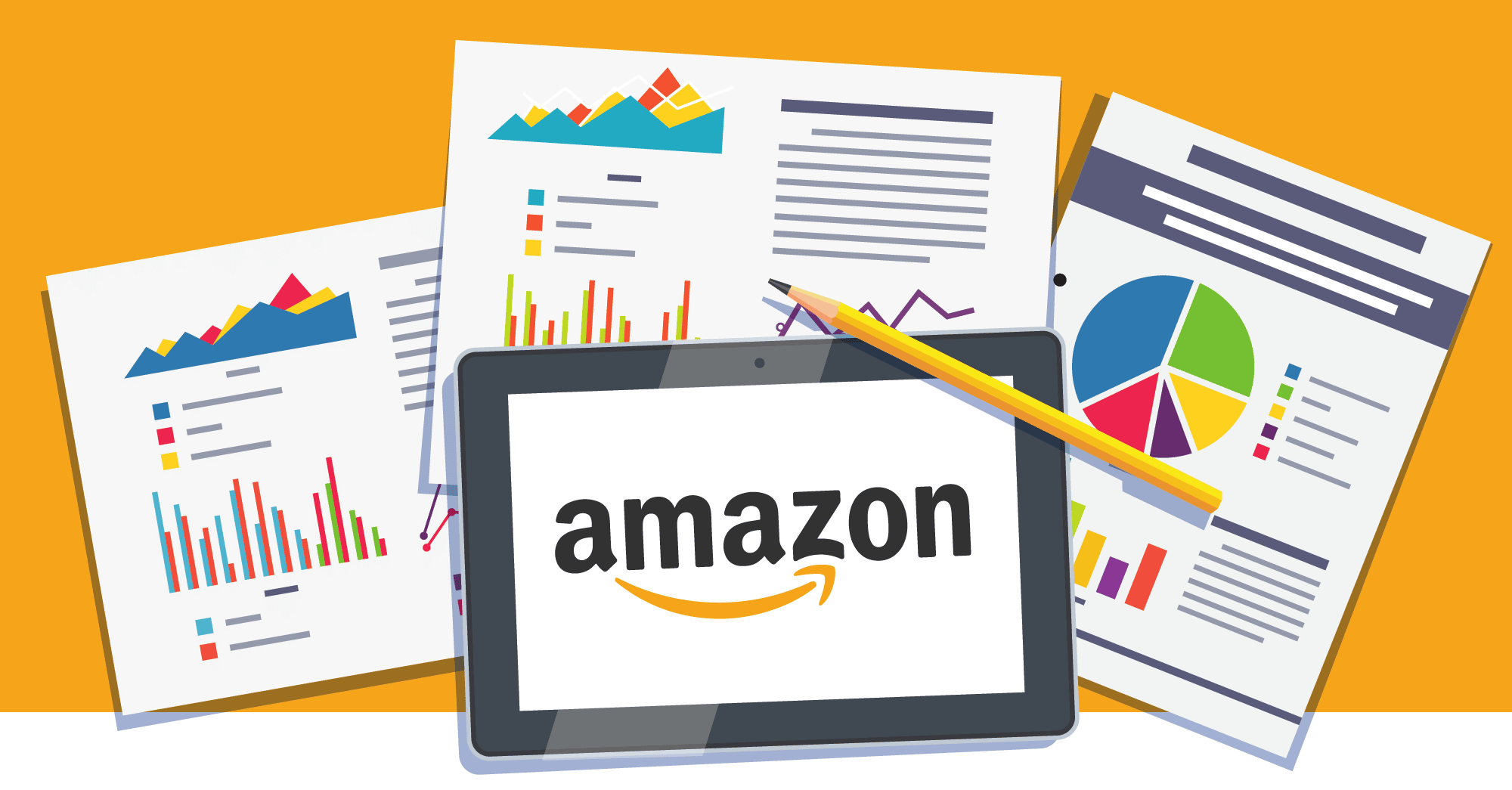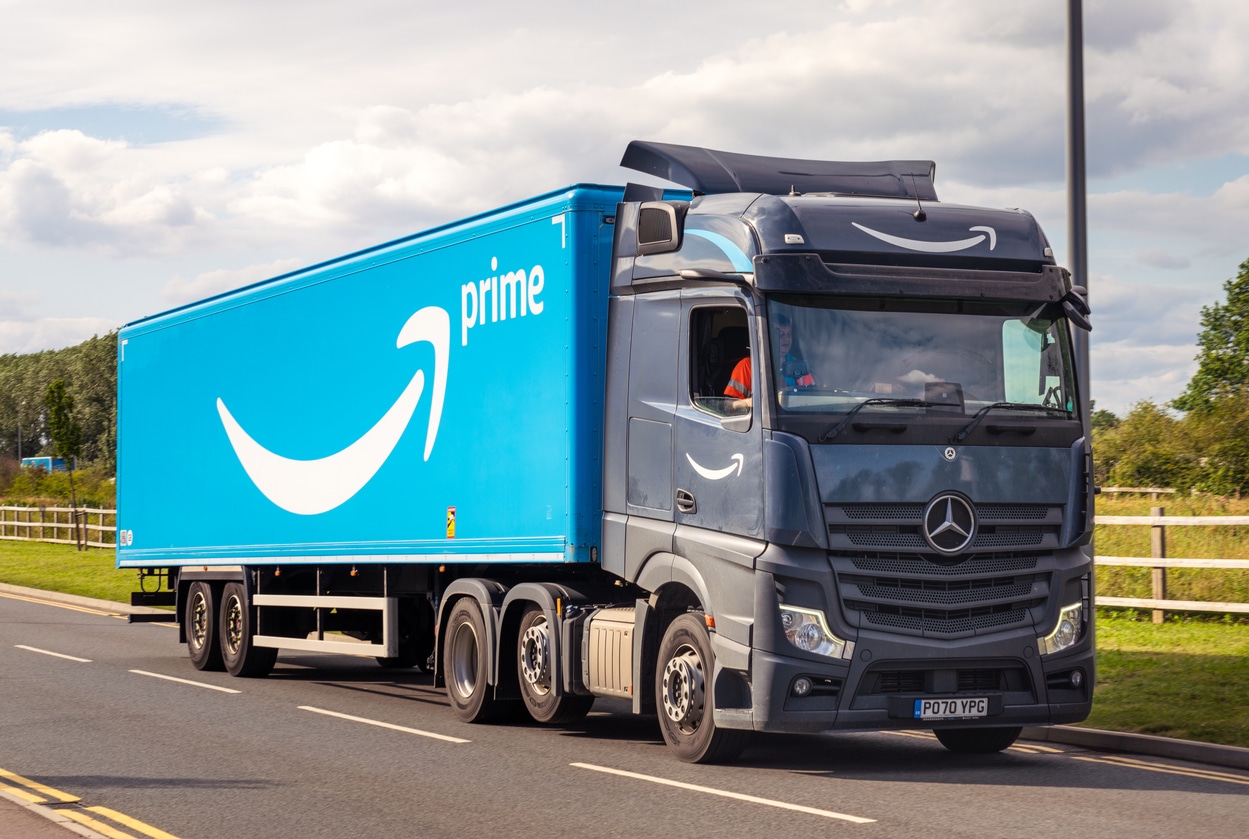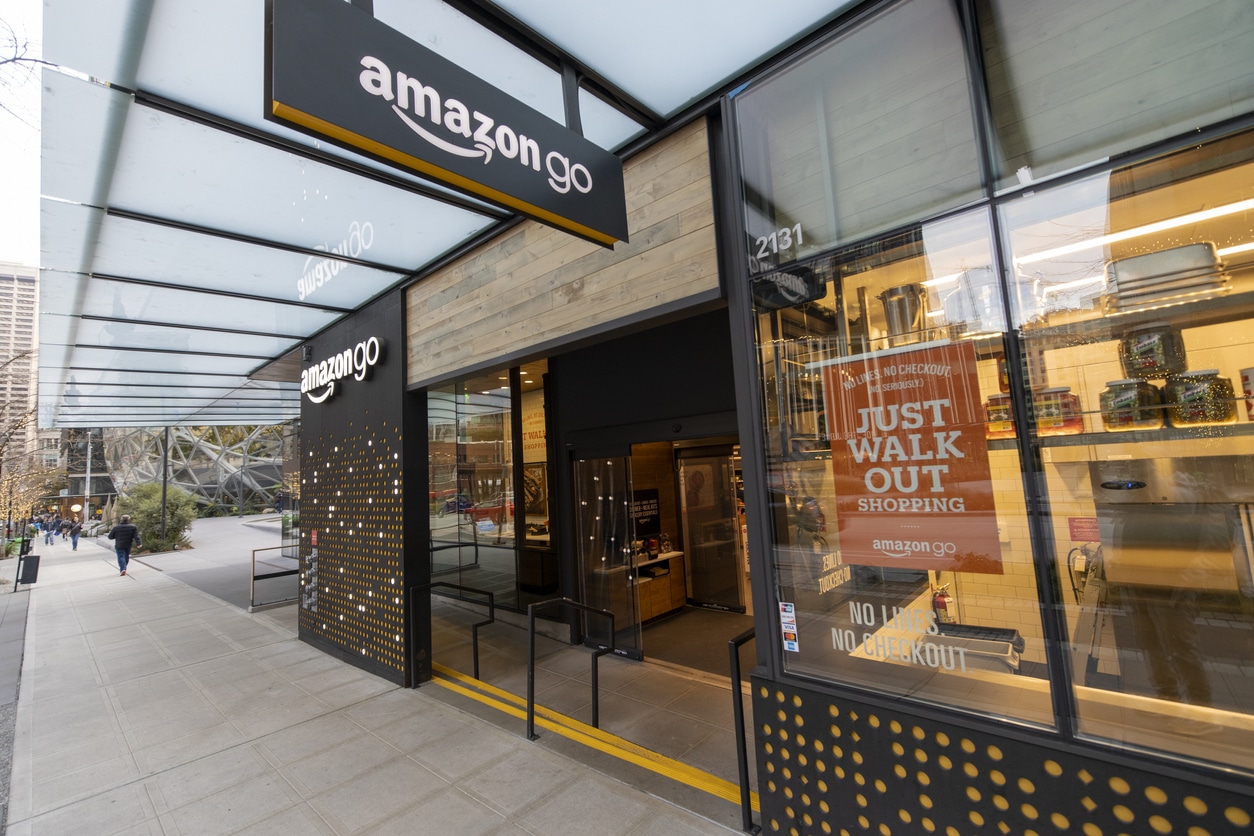[Amazon Q4 2021 Earnings] Ecommerce Giant Breaks Out Ad Sales for the First Time

After much speculation, Amazon’s Q4 numbers are out—some smashing expectations, and some not worth calling home about. The company’s stock soared almost 15% after-hours Thursday after the report unveiled a somewhat positive Q4 performance and Q1 guidance.
This article breaks down what Amazon’s Q4 earnings report means to ecommerce sellers.
Related Reading: Amazon Q3 2021 Earnings Report
Ecommerce Slowed Down, But AWS Growth Picked Up
Amazon’s net income nearly doubled Y/Y, but not because of its ecommerce business—investor concerns over major supply chain disruptions were well-founded. Amazon lost money in its online retail business, reporting about $206 million in operating losses in the U.S. and $1.63 billion internationally.
The two biggest drivers for Amazon this past quarter were the continued success of its cloud computing services arm, AWS, which grew a whopping 40% Y/Y to $17.78 billion, and its recent investment in electric automaker Rivian, for which the company reported $14.3 billion in net income for Q4, compared to only $7.2 billion for the same period in the previous year.
Breaking down Amazon’s sales by revenue stream:
| Source | Q4 2021 Revenue |
|---|---|
| Online Stores (ecommerce) | $66.08B (down 1% Y/Y) |
| Third-Party Seller Services | $30.32B (up 11% Y/Y) |
| Subscription Services | $8.12B (up 15% Y/Y) |
| Advertising Services | $9.7B (up 32% Y/Y) |
| Physical Stores | $4.69B (up 17% Y/Y) |
| AWS | $17.78B (up 40% Y/Y) |
| Other | $7B (up 18% Y/Y) |
Ecommerce slowed down for both North American and International segments. With Amazon’s reported 9% growth in North American Net Sales being the lowest in the past two years.
| Q3 2020 | Q4 2020 | Q1 2021 | Q2 2021 | Q3 2021 | Q4 2021 | |
|---|---|---|---|---|---|---|
| Net Retail Sales (North America) | $57.37B | $75.3B | $64.36B | $67.55B | $65.557B | $82.36B |
| Year-Over-Year Growth (excluding F/X) | 39% | 40%% | 39% | 21% | 10% | 9% |
| Net Retail Sales (International) | $25.17B | $37.47B | $30.65B | $30.7B | $29.15B | $37.27 |
| Year-Over-Year Growth (excluding F/X) | 33% | 50% | 50% | 26% | 15% | 3% |
Amazon Disclosed Its Ad Sales for the First Time
Amazon has decided (finally) to break out Ad Sales, which was previously only reported as a component of a broader revenue stream called “Others”—advertising historically consisted the biggest chunk of this revenue component.
| Q3 2020 | Q4 2020 | Q1 2021 | Q2 2021 | Q3 2021 | Q4 2021 | |
|---|---|---|---|---|---|---|
| Net Retail Sales (Advertising) | $4.98B | $7.35B | $6.38B | $7.45B | $7.6B | $9.7B |
| Year-Over-Year Growth (excluding F/X) | 52% | 66%% | 76% | 88% | 52% | 33% |
The ecommerce giant’s advertising sales grew 32% Y/Y to $9.7 billion, and advertising is now roughly 6% of Amazon’s overall business. Amazon representatives stated during the earnings call that Sponsored Product and Sponsored Brand ads account for most of the platform’s ad sales, and that the company is investing to make advertising options launched in the US available in other regions as well.
According to GeekWire, Amazon’s advertising arm is now eight times larger than the whole of Snapchat and almost seven times as large as Twitter’s. This growth in Amazon’s ad business also means more and more ad dollars are being shifted from staple digital ad platforms to Amazon—it is currently the third largest digital ad platform in the US behind Google ($61.2 billion) and Meta Platforms, Inc. ($32.6 billion).
One big factor sellers want to consider is that consumers are tending to start their product searches on Amazon (not Google). Jungle Scout’s Q1 2021 consumer survey revealed that 3 in 4 consumers consider Amazon the go-to starting point when looking for products online.
Now that Amazon is disclosing its ads figures, it might face more scrutiny as regards its advertising practices, particularly opaque reporting and unfair attribution.
Amazon Is Stepping Up Its Logistics Game
CEO Andy Jassy confirmed higher costs for its retail operation driven by a shortage in labor supply and inflationary pressures, adding that these issues have persisted into Q1 2022 as Omicron cases have picked up.
Nevertheless, the Everything Store fared well throughout the peak shopping seasons, working with suppliers and increasing port capacity. The supply chain disruptions are expected to not be as big of an issue for Q1 this year due to seasonally lower volumes.
Jassy reiterated that the company has doubled its logistics network over the last two years, potentially directly competing with household names like FedEx and UPS on the logistics front in the coming years.
As for its workforce, Amazon ended the year with a 1.6-million employee base (full-time and part-time), up 310,000 Y/Y. It is currently the second largest private employer in the US behind Walmart.
Amazon Fared Well During Peak Shopping Seasons
The earnings report revealed that Amazon had its biggest-ever Black Friday to Cyber Monday holiday shopping weekend, with apparel, beauty, home, and toys among the top-selling categories.
It added that third-party sellers, most of which are small and medium-sized businesses, achieve record-breaking numbers on the marketplace—more than 130,000 third-party sellers worldwide surpassed $100,000 in sales on Amazon, and between Black Friday and Christmas, U.S.-based third-party sellers sold an average of 11,500 products per minute.
Prime Membership Price Hike
The company announced plans to raise the price of its Prime membership—the first price hike for Prime in four years—presumably to offset growing operating costs.
Annual Prime membership will now cost $139 from $119, and a monthly subscription will set customers back $14.99 from $12.99. The changes will take effect beginning February 18 for new members, and March 25 for current Prime members.
Prime shoppers spend four times as much as non-Prime customers, making them the most critical customer segment for marketplace sellers. Prime also offers more than just fast shipping, and Amazon is constantly making moves to improve membership retention and new signups. Only recently, it acquired one of the biggest crime podcasts for over $100 million and has also expanded its content offering to include more Prime shows and Thursday night football.
Expanded Payment Options
Amazon’s Q4 earnings highlighted its efforts to expand payment options available to customers. In November of last year, it partnered with Paypal-owned Venmo to offer the popular peer-to-peer mobile banking platform as a payment option upon checkout. This follows its earlier announced partnership with Affirm, which enables Buy Now, Pay Later. Just this month, Amazon cancelled its plans to ban Visa credit card payments in the UK, for which it would have lost an estimated £1.4 billion.
Amazon Is Paying More Attention to Physical Shopping
The ecommerce giant recently reported that UK grocer Sainsbury’s opened SmartShop Pick & Go, a Just Walk Out technology-enabled convenience store in Holborn Circus, London. This marks the first time that Amazon’s counter-less shopping technology launched in a third party customer store internationally, potentially opening doors for other third-party marketplace sellers to avail of Amazon’s proprietary shopping technologies in the near future.
Amazon Style, Amazon’s first-ever physical store for apparel, will open this year at The Americana at Brand, a top shopping destination in greater Los Angeles. It uses machine learning algorithms to produce tailored recommendations to customers in real time.
Final Thoughts
Amazon's online retail business is losing its massive pandemic tailwind, but looks to recover from huge operational losses after the 2021 holiday cycle. Its Q4 numbers hint to the company expanding its logistics and advertising services, both of which are tied closely to its ecommerce business, and consequently, to its third-party seller ecosystem.






